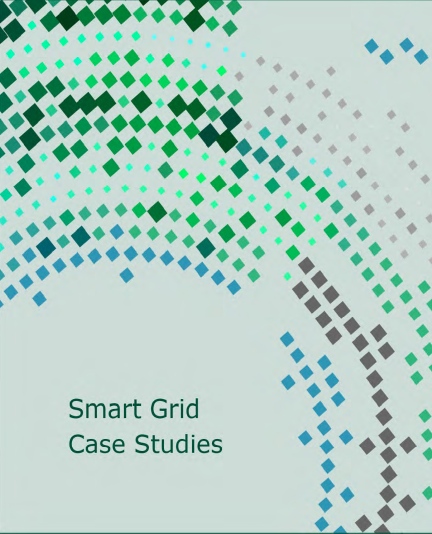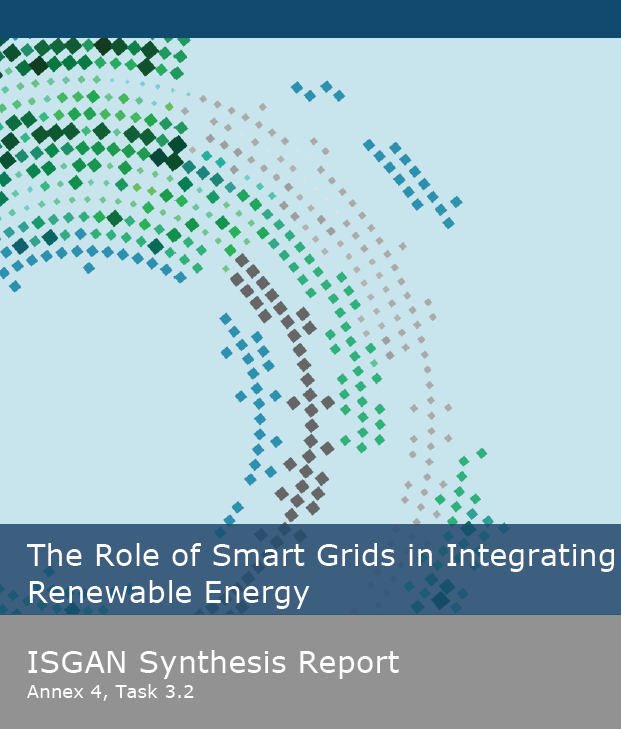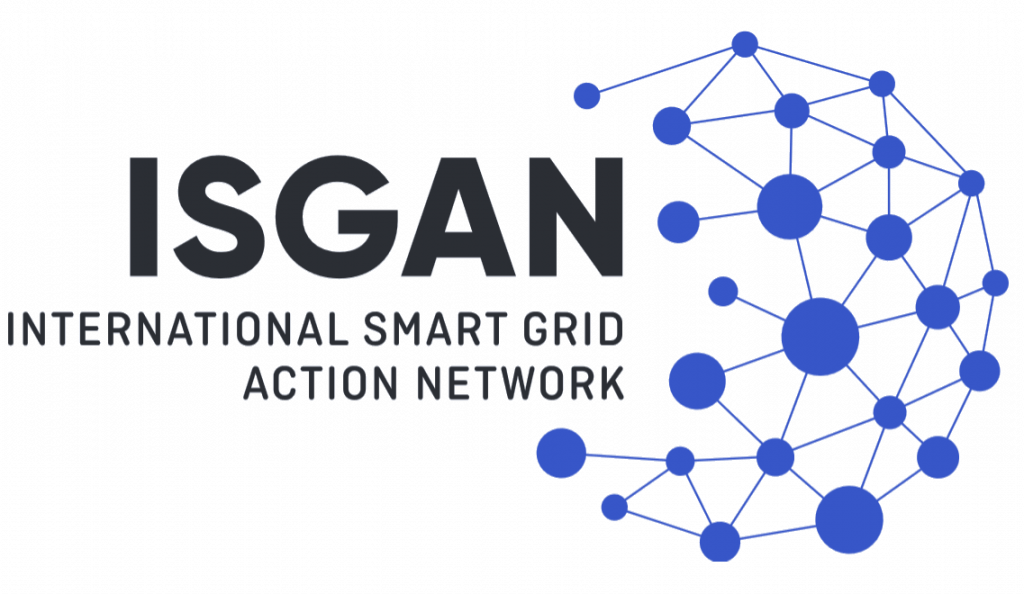Publications
Type
Year
Working Group
Executive Summary of Smart Grid Events in Mexico City 17–19 August 2016
The introduction in the generation mix of a continuously increasing share of generation from renewable energy sources (RES), the geographical spread of generation when increasing the amount of distributed production, as well as changing patterns of demand from new types of load such as electric vehicles, will create new challenges
The aim of this report is to analyze the flexibility contribution that identified resources could provide as a contribution towards the achievement of efficient and cost-effective dispatching of the electric system, in presence of an ever increasing penetration of Renewable Energy Sources (RES) which are characterized by a variable generation
An extension of microgrids is now underway, primarily to allow increased electrification in growing economies but also to meet the need to reduce global CO2 emissions and to provide ancillary services to centralized grids.
The purpose of this report is to give an account of a collaborative International Smart Grid Action Network (ISGAN) and the 21st Century Power Partnership (21CPP) project focusing on Mexico’s path towards smart grids and grid modernization.
A number of emerging trends indicate that the interaction between transmission system operators (TSO) and distribution network operators (DSO) will evolve in the coming years.
Flexible, strong, and smart grids play a crucial role in the integration of variable renewable energy (RE). As high levels of variable RE penetration become increasingly common across power systems, attention to grid operations and planning becomes more important.
This paper summarize a number of smart-grid cases from the case book within ISGAN Annex 6: Power T&D Systems.






